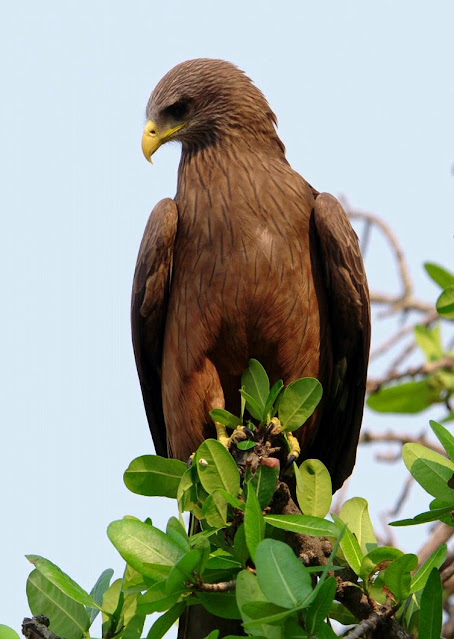The "Cape gull" refers to the South African population of the kelp gull (Larus dominicanus vetula or Larus vetula). It is also sometimes treated as a separate species from the kelp gull. The Cape gull is distinguished by its darker iris, larger size, and shorter bill compared to other kelp gulls.
While often considered a subspecies (L. d. vetula) of the kelp gull, some propose it should be classified as a separate species, L. vetula.
Distinguishing features:
Size and Bill: Cape gulls are generally larger than other kelp gulls, with a more robust body and a shorter, more angular bill.
Iris: The iris (colored part of the eye) is darker than in other kelp gulls.
Plumage: Adults have black backs and wings, white underparts, and a yellow bill with a red spot. Juveniles have mottled brown plumage, a black bill, and a dark tail band.
The Cape gull is found along the coasts of South Africa and is estimated to have around 11,000 breeding pairs, with a growing population.
They are largely sedentary, often congregating in large colonies at favored coastal areas. Cape gulls are known to converge at popular feeding sites and can be aggressive predators.
The Cape gull population is considered stable and potentially expanding.


%2020.jpg)
%2021.jpg)

%2020.jpg)
%2021.jpg)













%2020.jpg)
%2021.jpg)
%2030.jpg)








%20(Larosterna%20inca)%2024.jpg)
%20(Larosterna%20inca)%2025.jpg)
%2021.jpg)
%2022.jpg)

%2020.jpg)

